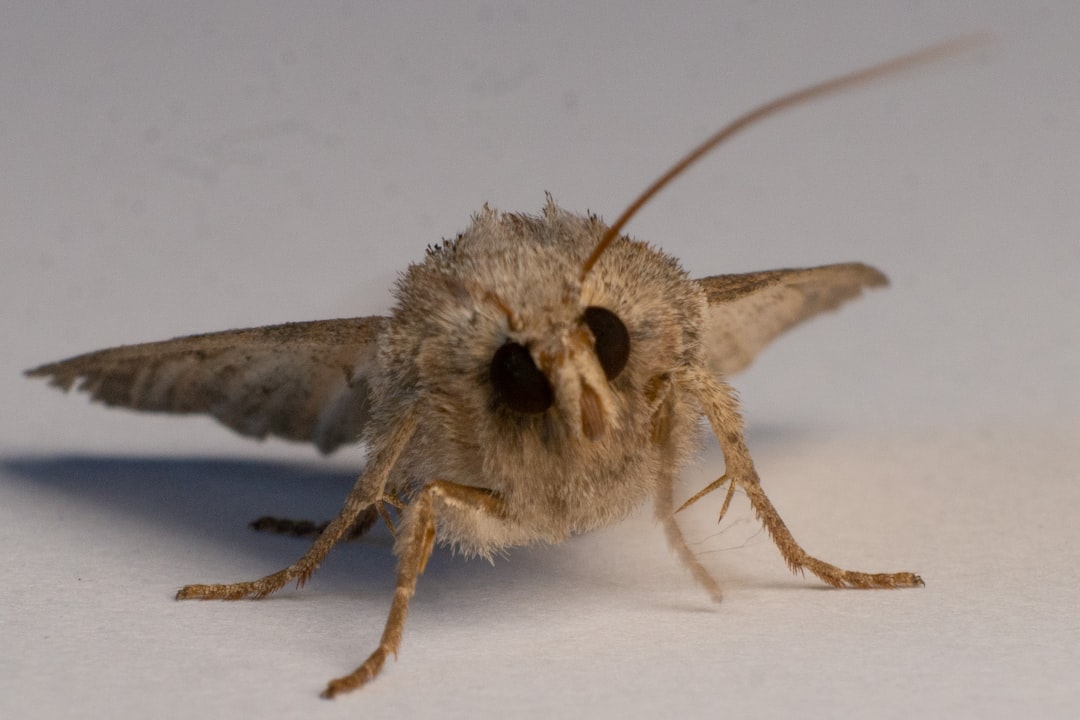What is it about?
When I began this floodplain field research, it was immediately obvious that certain threats like non-native pests and pathogens were having an impact on native tree populations and forest structure. However there was no quantitative data on floodplain species population trends or on the impact of specific threats such as invasives on these trends. Here, we not only filled this knowledge gap but also developed novel methods to analyze population trends that can be applied to other types of forests with different threats in other regions.
Featured Image
Why is it important?
How can we use this information? Humans have affected floodplain forests through alteration of river flows, river channelization, forest fragmentation, elimination of top predators, and introduced weeds, pests and pathogens, among other threats. The quantification of the impact of a range of threats allows us to set priorities in our conservation work. Quantitative data on the impact of different invasive plants, pests and pathogens on floodplain forests in particularly is useful in setting priorities for invasive species management where a triage approach is often necessary. Major findings: • The recruitment rate for all tree species combined was low compared to the overall mortality rate, i.e. there are more floodplain trees dying than new ones sprouting. • Connecticut River floodplain forests are currently declining demographically across all sizes, with floodplain pioneer tree species particularly affected. This decline includes the dominant floodplain tree species (silver maple). By contrast the species with expanding populations were flood-intolerant upland tree species (e.g. American beech and shagbark hickory) and invasive species (e.g. Glossy buckthorn). • The invasive non-native woody vine oriental bittersweet (Celastrus orbiculatus) was implicated in 9.8% of the mortality of large floodplain trees (i.e. diameter = 60 cm) on the Lower Connecticut River, where bittersweet thrives due to a milder climate. • The growing beaver population, in the absence of predation, is cutting 11.4% of the willow (Salix nigra) and 1.6% of the cottonwood (Populus deltoides) trees annually, contributing substantially to the decline of these important floodplain pioneer tree species. • The population of the formerly co-dominant tree species American elm (Ulmus americana) continues to decline due to Dutch elm disease, which caused between 9.5% and 12.9 % of ALL floodplain forest tree mortality.
Perspectives
By applying a demographic model, it became apparent that growth and mortality are inherently linked through stand self-thinning. Specifically stands of faster growing trees will also have a faster rate of self-thinning and consequently higher mortality rates. Thus the higher mortality rates in fast growing trees that has usually been attributed to tradeoffs in traits such as wood density that affect both growth and mortality may in part be explained by faster self-thinning in species that are inherently faster growing. Moreover, our quantitative approach shows how important it is to control for tree size in trying to detect a growth-mortality tradeoff because both mortality and growth rate are size-dependent.
Christian O. Marks
University of Massachusetts Amherst
Read the Original
This page is a summary of: A quantitative framework for demographic trends in size-structured populations: analysis of threats to floodplain forests, Ecosphere, November 2015, Wiley,
DOI: 10.1890/es15-00068.1.
You can read the full text:
Resources
Contributors
The following have contributed to this page










